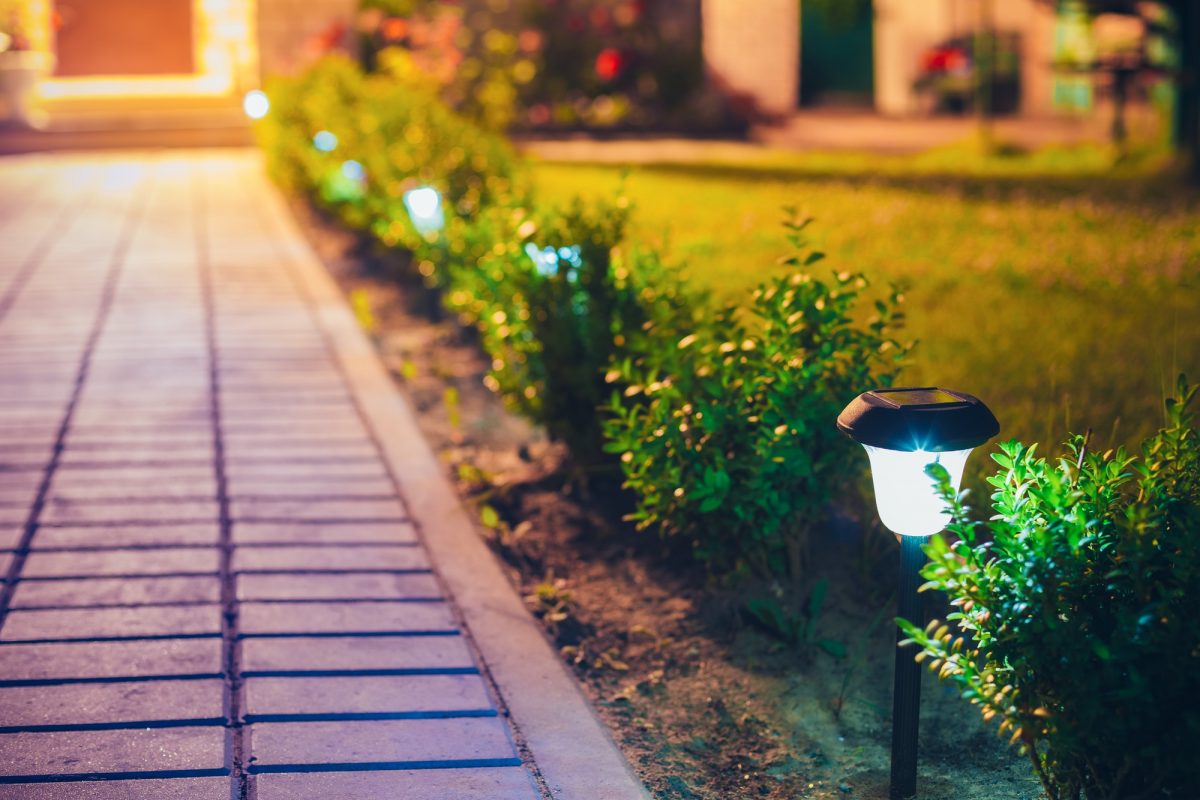Brambles, those thorny and unruly plants, have gained notoriety for their relentless growth and ability to overtake even the most well-tended spaces. Also known as blackberries in some regions, these aggressive plants can quickly transform a serene garden or backyard into a prickly wilderness. As summer approaches and gardening enthusiasts gear up to beautify their outdoor spaces, it’s essential to understand the techniques and strategies for effectively killing brambles and regaining control over your land.
Subheading 2: The Ecological Impact of Brambles
While brambles might have a rustic charm when they’re in the wild, their invasive nature can wreak havoc on the local ecosystem. Brambles tend to outcompete native plants for resources and sunlight, leading to a decrease in biodiversity. This can have a cascading effect on insects, birds, and other wildlife that depend on native vegetation. Tackling brambles is not just about restoring aesthetics but also about restoring balance to the ecosystem. Killing brambles
Subheading 3: Choosing Your Battle Plan
Before you embark on your bramble-killing journey, it’s crucial to assess the extent of the infestation. Are you dealing with a few scattered plants or an all-out bramble takeover? The severity of the situation will guide your approach.
- Hand Pulling and Cutting: For smaller infestations, consider hand-pulling or cutting the brambles. Make sure to wear thick gloves, long sleeves, and eye protection to shield yourself from the thorns. Use sharp pruners or loppers to cut the bramble stems as close to the ground as possible.
- Herbicides: In cases of extensive infestations, using herbicides might be necessary. Selective herbicides designed to target broadleaf plants can be effective against brambles while sparing grasses and other desired vegetation. Always read and follow the manufacturer’s instructions and safety precautions when using herbicides.
Subheading 4: Execution with Precision
- Timing Matters: When using herbicides, timing is crucial. Apply the herbicide when the brambles are actively growing and in their vulnerable stages. This typically occurs in the spring or early summer.
- Cut and Treat: If the brambles are too dense for direct application of herbicides, cut them back first. This exposes more of the plant’s surface to the herbicide, increasing its effectiveness.
- Stump Treatment: After cutting the brambles, apply the herbicide directly to the cut stumps. This prevents regrowth by ensuring that the herbicide travels into the plant’s root system.
Subheading 5: Vigilance and Maintenance
Dealing with brambles isn’t a one-time task; it requires vigilance and ongoing maintenance to prevent their return. Regularly inspect the area for any new shoots or regrowth. Be prepared to reapply herbicides or use other control methods as needed.
Subheading 6: Embracing Sustainable Land Management
As you work to eliminate brambles, consider adopting sustainable land management practices. Plant native species that are better suited to your region’s ecosystem, and apply mulch to suppress bramble regrowth and promote healthier soil.
Subheading 7: Seeking Professional Help
In cases of severe infestations or when dealing with large areas, seeking assistance from professional landscapers or ecologists might be the best option. These experts have the experience and tools to effectively manage bramble overgrowth while minimizing harm to the environment.
Conclusion: Reclaiming Your Outdoor Oasis
Killing brambles requires patience, persistence, and a combination of techniques. By understanding the ecology of these invasive plants, choosing appropriate strategies, and committing to ongoing maintenance, you can regain control over your outdoor space. Remember, the goal isn’t just to eliminate brambles, but to create a harmonious environment where native plants can thrive and wildlife can flourish once again.
This article is provided by

